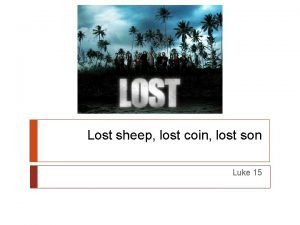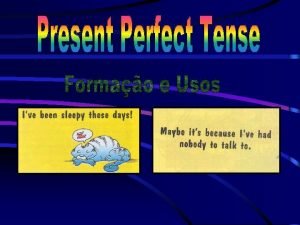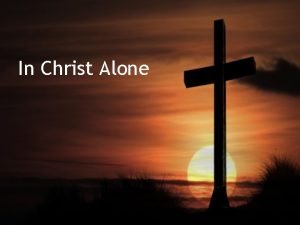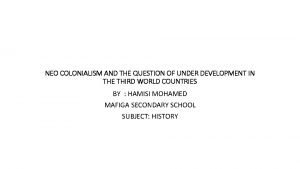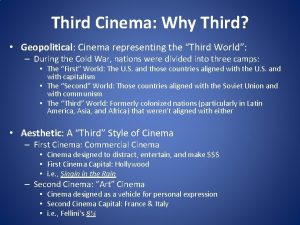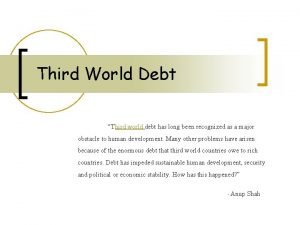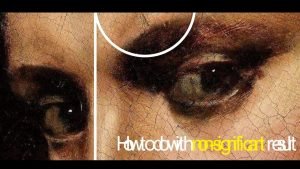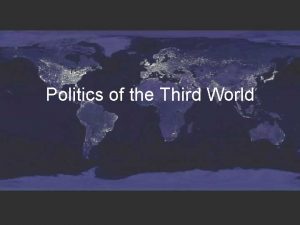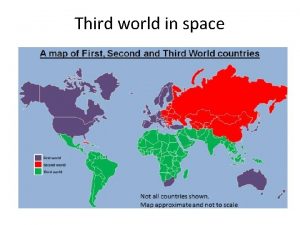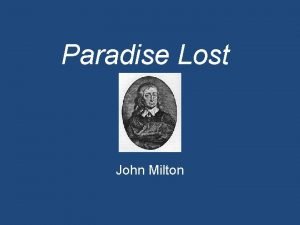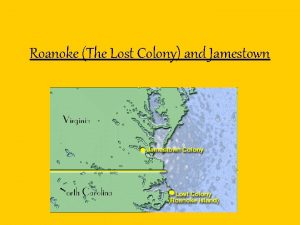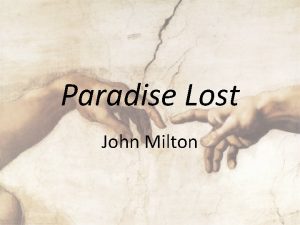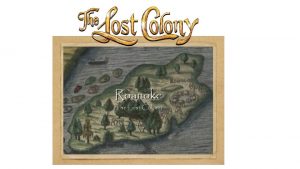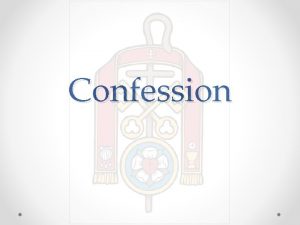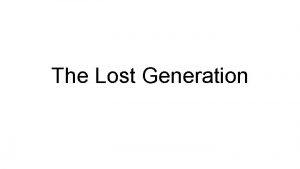Lost Science in the Third World What has





















- Slides: 21

Lost Science in the Third World What has changed since 1995? W. Wayt Gibbs, Senior Writer Scientific American +1. 415. 397. 0226 wgibbs@sciam. com 04/00 WHO

LDC Research is Invisible • OECD+ Authors are found on 72% of items in 1994 SCI. • LDC Authors could be found on 5. 6%. • LDC representation in 1994 in: Science Nature The Lancet. Cell 0. 3% 0. 7% 2. 7% 0. 0% 04/00 WHO

1994 Science Citation Index 04/00 WHO

LDC Journals Slipping into Obscurity 04/00 WHO

Change in Impact Factor of 10 LDC Journals, 19881992 04/00 WHO

The Matthew Effect “Unto every one that hath shall be given… but from him that hath not shall be taken away even that which he hath. ” —Matthew ch. 25 Robert K. Merton, Science, 159(3810): 56, 1968 04/00 WHO

Why? • “There is no science there. ” — Jerome Kassirer, NEJM • “Many [LDC journals] do not deserve… to be published. ” — Manuel Krauskopf, Univ. of Chile • Poor English 04/00 • Page charges (more in US than Europe) • LDC libraries get few journals • “First-Worldism”— Wielend Gevers; “inherent prejudice” — C. N. R. Rao • Bias against applied research WHO

Vicious Circles 04/00 Local journals have low impact, low prestige, no cash incentives LDC researchers send their best work to SCI journals LDC journals do not meet criteria for indexing Submissions are too low to support rigorous peer review and regular publication WHO

Initiatives • Extra. MED, Extra. SCI • Incentives for publishing, especially in SCIlisted journals • Journal donation programs of AAAS, INASP • LDC culling of weak local journals • Africa One & direct satellite Internet access 04/00 WHO

What Would We Cover Now? • SCI (3, 430 journals in 1995) replaced by the Web of Science/SCI-E (>5, 500 journals) • Access to citation data in many LDC institutions seems to be falling further behind. • Increased size of SCI-E has increased number of LDC-authored items in database. 1999 SCI-E has double or triple the number of the 1994 SCI for many LDCs. 04/00 WHO

1999 Science Citation Index-Expanded 04/00 WHO

LDC Journals Inch Upward 04/00 WHO

Impact Factors Rise as Well 04/00 WHO

A New Look at Matthew ¤ Manfred Bonitz, bonitz@fz-rossendorf. de ¤ Matthew effect for journals. Most skewed: Nature: 33, 901 Matthew citations Physical Review B: 15, 380 Science: 14, 271 Lancet: 7, 427 NEJM: 6, 502 J. Biol. Chem. : 9, 559 ¤ Parable of the Talents “Olympic Games” 04/00 WHO

Reviewing Peer Review • Special issue of JAMA, 15 July 1998 • Retrospective study of all papers submitted to Gastroenterology in 1995 & 1996 detected significant bias (p=0. 001; OR=1. 49) 04/00 WHO

Trials of Double-Blind Review • 118 MS randomized to masked or open at Ann. Emerg. Med. , Ann. Int. Med. , JAMA, Ob. & Gyn. , Opthalmology • 68% success against guessing (less for wellknown authors) • No difference in review quality, acc. to authors and editors 04/00 • 467 MS randomized to masked, unmasked, control at BMJ • 58% success against guessing. • No significant difference detected in review quality by editors or authors. • No significant difference in acceptance rates. WHO

Past Initiatives • Extra. MED: Back in publication after >1 year hiatus. 307 journals, 20, 850 articles. Still struggling financially. Has 50 subscribers, ~half in LDC; none of the major US research libraries subscribe. • Extra. SCI: 04/00 WHO

Journal Donations Drop Off • AAAS Program dead for several years • M. I. T. exchange program halted • India Institute of Science receives 1, 500 journals now, down from 2, 000 in 1995. 04/00 WHO

The Internet: Broadening the Gap. . . • Monthly cost of Internet access monthly salary of African researcher. • Total national bandwidth of majority of African countries is 64 kbps. • AAAS study: 2 of 4 African universities could not download PDF files. 04/00 WHO

…or Bridging It? • Africa. One: $1. 6 bn fiber optic ring to be completed in 2002. Two dozen landing points will share ~80 Gbps. • Brazil: Sci. ELO (http: //www. scielo. br/) hosts 42 e-journals. Link to Internet 2 will increase bandwidth 77 -fold in 4 cities. FAPESP has invested in Web of Science access for Brazilian universities and research labs. • Asia-Pacific Advanced Network extended to link with Malaysia biodiversity and bioinformatics network. 04/00 WHO

Internet Hosts per capita, July 1999 04/00 WHO
 Lost sheep lost coin lost son
Lost sheep lost coin lost son Class 6 cavity
Class 6 cavity Caries on lingual surfaces of maxillary incisors
Caries on lingual surfaces of maxillary incisors My favourite subject english for class 6
My favourite subject english for class 6 Tom is looking for his key. he can't find it
Tom is looking for his key. he can't find it No guilt in life no fear in death lyrics
No guilt in life no fear in death lyrics Impact of neo colonialism on third world countries
Impact of neo colonialism on third world countries Third world
Third world Hát kết hợp bộ gõ cơ thể
Hát kết hợp bộ gõ cơ thể Frameset trong html5
Frameset trong html5 Bổ thể
Bổ thể Tỉ lệ cơ thể trẻ em
Tỉ lệ cơ thể trẻ em Gấu đi như thế nào
Gấu đi như thế nào Tư thế worms-breton
Tư thế worms-breton Hát lên người ơi
Hát lên người ơi Các môn thể thao bắt đầu bằng tiếng chạy
Các môn thể thao bắt đầu bằng tiếng chạy Thế nào là hệ số cao nhất
Thế nào là hệ số cao nhất Các châu lục và đại dương trên thế giới
Các châu lục và đại dương trên thế giới Công thức tính thế năng
Công thức tính thế năng Trời xanh đây là của chúng ta thể thơ
Trời xanh đây là của chúng ta thể thơ Mật thư anh em như thể tay chân
Mật thư anh em như thể tay chân Làm thế nào để 102-1=99
Làm thế nào để 102-1=99
